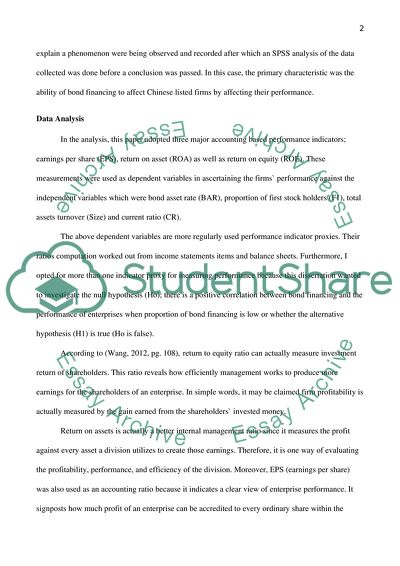Cite this document
(The research on the effect of bond financing on the enterprise Assignment, n.d.)
The research on the effect of bond financing on the enterprise Assignment. https://studentshare.org/finance-accounting/1836858-the-research-on-the-effect-of-bond-financing-on-the-enterprise-performance-in-chinese-listed-firms
The research on the effect of bond financing on the enterprise Assignment. https://studentshare.org/finance-accounting/1836858-the-research-on-the-effect-of-bond-financing-on-the-enterprise-performance-in-chinese-listed-firms
(The Research on the Effect of Bond Financing on the Enterprise Assignment)
The Research on the Effect of Bond Financing on the Enterprise Assignment. https://studentshare.org/finance-accounting/1836858-the-research-on-the-effect-of-bond-financing-on-the-enterprise-performance-in-chinese-listed-firms.
The Research on the Effect of Bond Financing on the Enterprise Assignment. https://studentshare.org/finance-accounting/1836858-the-research-on-the-effect-of-bond-financing-on-the-enterprise-performance-in-chinese-listed-firms.
“The Research on the Effect of Bond Financing on the Enterprise Assignment”. https://studentshare.org/finance-accounting/1836858-the-research-on-the-effect-of-bond-financing-on-the-enterprise-performance-in-chinese-listed-firms.


